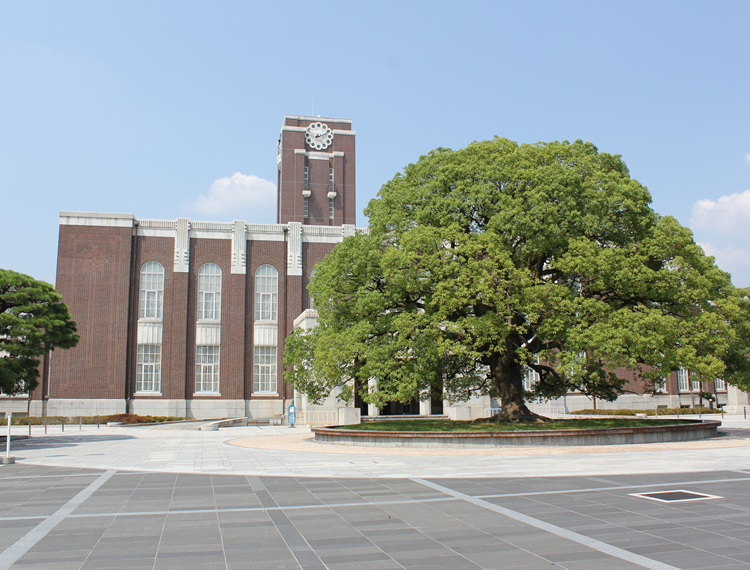A Challenge for Future Carbon Devices by Advanced Plasma Nano-Processes
Masaru Hori of Nagoya University, Japan, gave a fantastic keynote lecture in the oral session of Symposium C-5 in the morning session on August 30. He has investigated advanced plasmas as a synthesis method, the growth mechanism, control of structure, and applications for nano-carbons. First, he presented fabrication of the tough fuel cell devices with carbon nanowalls (CNWs), where Pt nanoparticles were supported on CNWs by super critical CVD after the growth of CNWs. Second, he explained that the triple phase plasma employing the ethanol alcohol showed the high speed and high quality nano graphene synthesis for a high performance of fuel cell device. Then, he concluded that nano carbons, especially CNWs, had a great potential as a key material for future industrial and medical applications.
Fabrication of High-Mobility Amorphous In2O3:Sn Films by RF Magnetron Sputtering with Impurity-Mediated Amorphization Method
Naho Itagaki of Kyushu University, Japan, gave an excellent keynote lecture in the oral session of Symposium C-5 in the afternoon session on August 30. She proposed an impurity mediated amorphization (IMA) method, where the impurity was introduced to the conventional control parameters (temperature and pressure) for crystal growth. She explained that high mobility (> 50 cm2/Vs) and nanocrystal-free a-ITO films have been obtained, and the a-ITO films were grown even at higher temperature than the crystallization temperature (150°C) of In2O3. In addition, the a-ITO films fabricated via IMA showed high thermal stability, which means that the amorphous structure was maintained even after they were annealed at 300°C.

Keynote lecture scene by Prof. Hori.

Keynote lecture scene by Prof. Itagaki.
